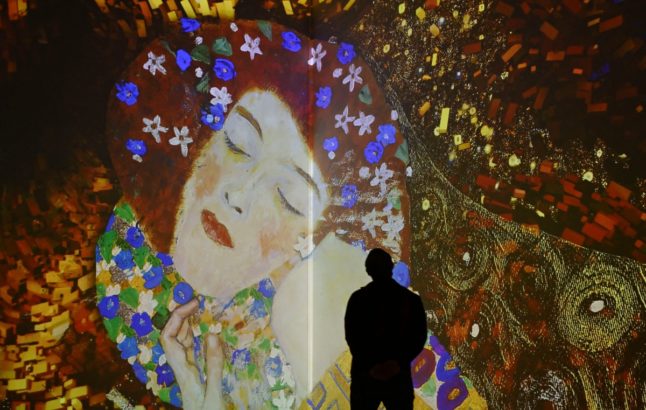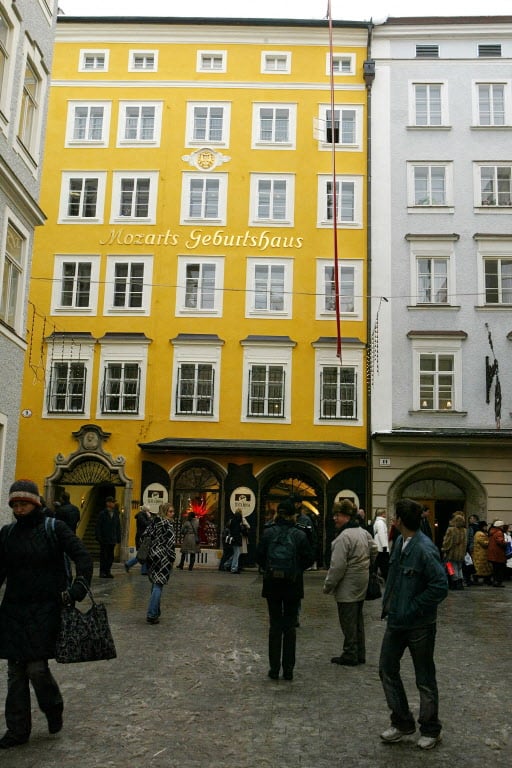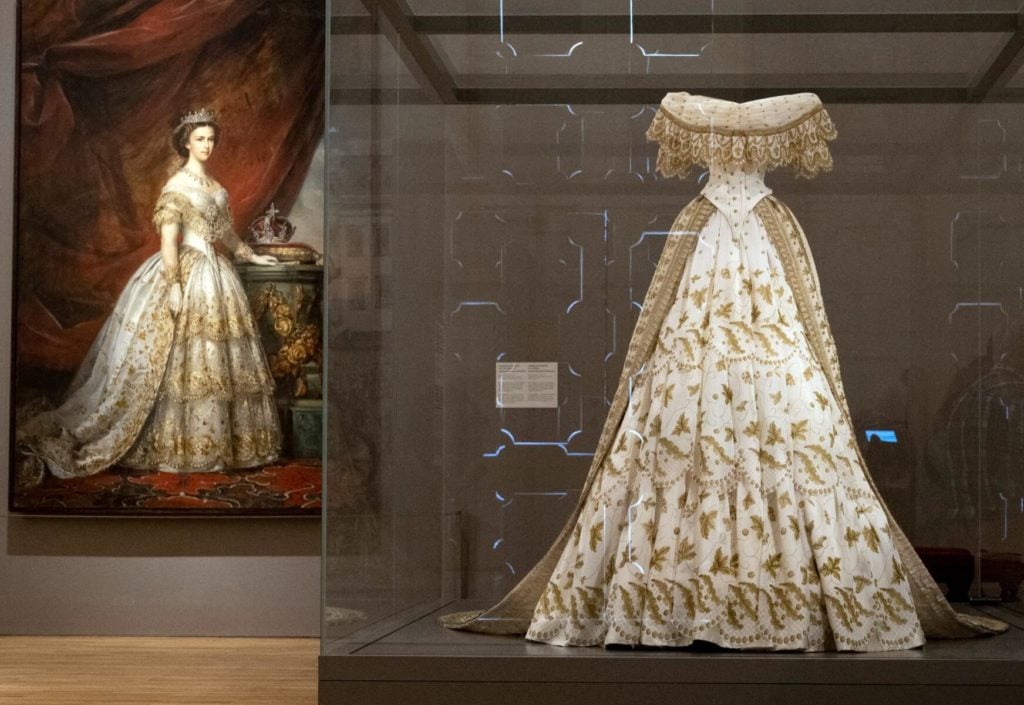It will be her first overseas trip without her husband, King Felipe, and although she will not be staying the night she has rented a suite at the Hotel Sacher.
She will have lunch with President Heinz Fischer at the Hofburg, and there are some reports that she will then visit a social project for young people, to get inspiration for a similar project in Spain.
The Velazquez exhibition opens at 6.30pm. It is the first major exhibition devoted to the Spanish court painter in the German speaking region.
"We will make sure that the Queen of Spain can pass through the museum unhindered. Everyone will want to see her and photograph her and we will have set up several areas where she can be photographed,” said Kunsthistorisches Museum director Sabine Haag.
Queen Letizia will deliver a speech in English to 180 guests and 24 ambassadors in the museum’s domed hall.
Letizia is a former newsreader who worked for Bloomberg TV and CNN.







 Please whitelist us to continue reading.
Please whitelist us to continue reading.
Member comments